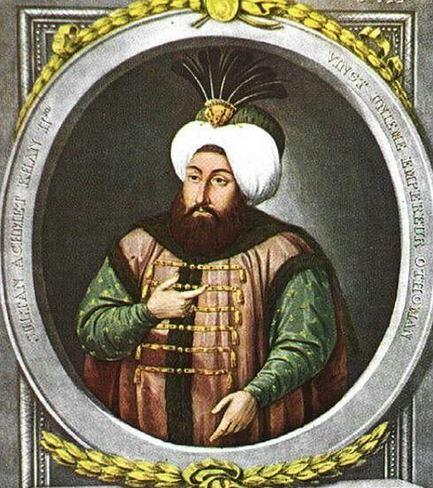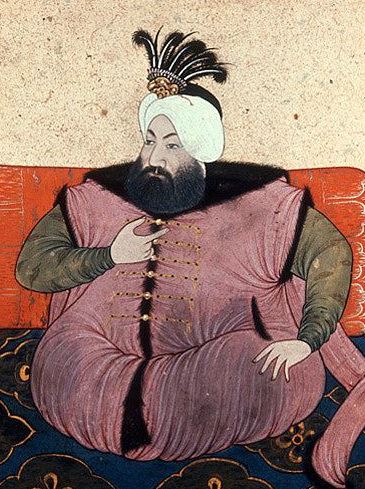Ahmed II was the Sultan of the Ottoman Empire from 1691 until his death in 1695. His short reign occurred during a period of significant challenges for the empire, marked by wars and internal strife. Despite the difficulties he faced, Ahmed II’s leadership and decisions had a lasting impact on the Ottoman Empire. This article explores his life, reign, and the legacy he left behind.
Early Life and Rise to Power
Ahmed II was born on February 25, 1643, in Istanbul, Turkey, to Sultan Ibrahim I and his consort Muazzez Sultan. As a prince, Ahmed was not initially expected to ascend to the throne, given the complex dynamics of Ottoman succession, where the sultan’s sons often vied for power. Instead, Ahmed spent much of his early life away from the political center, living in relative obscurity compared to other potential heirs.
His opportunity to rule came after the death of his half-brother, Sultan Suleiman II, in 1691. At the age of 48, Ahmed II was proclaimed Sultan, marking the beginning of his reign in a time of great turmoil for the Ottoman Empire.
The Context of Ahmed II’s Reign
When Ahmed II ascended to the throne, the Ottoman Empire was embroiled in the Great Turkish War (1683–1699), a series of conflicts against the Holy League, which included Austria, Poland, Venice, and Russia. The empire had already suffered significant losses, most notably the defeat at the Battle of Vienna in 1683, which marked the beginning of the empire’s long retreat from Central Europe.
The situation Ahmed II inherited was dire. The empire’s military was stretched thin, its finances were depleted, and morale was low. Despite these challenges, Ahmed II sought to stabilize the empire and defend its territories.

Military Campaigns and Challenges
Ahmed II’s reign was dominated by military conflicts, particularly the ongoing war with the Holy League. One of the most significant battles during his reign was the Battle of Slankamen in 1691, where the Ottoman forces faced off against the Austrian army led by Prince Eugene of Savoy. The battle ended in a decisive defeat for the Ottomans, with the loss of Grand Vizier Köprülü Fazıl Mustafa Pasha, a key military leader and supporter of Ahmed II.
The defeat at Slankamen was a severe blow to the Ottoman military, leading to further territorial losses in Hungary and the Balkans. Despite this setback, Ahmed II remained determined to defend the empire’s remaining territories, overseeing a series of defensive measures and attempting to reform the military.
Domestic Affairs and Governance
While much of Ahmed II’s reign was focused on external conflicts, he also had to contend with internal challenges. The empire was experiencing financial difficulties due to the prolonged wars, leading to increased taxation and economic strain on the population. Ahmed II’s attempts to address these issues were met with limited success, as the ongoing military campaigns drained the empire’s resources.
One of Ahmed II’s significant domestic actions was his support for the ulema (Islamic scholars) and the religious institutions of the empire. He sought to strengthen the role of Islam in governance and society, which helped to bolster his legitimacy as a ruler during a time of crisis. However, these efforts were not enough to reverse the declining fortunes of the empire.
Death and Legacy
Ahmed II’s reign was relatively short, lasting only four years. He died on February 6, 1695, at the age of 51, in Edirne, Turkey. His death marked the end of a challenging period for the Ottoman Empire, but the struggles he faced continued under his successors.
Although Ahmed II’s reign was marked by military defeats and internal strife, his efforts to defend the empire and maintain its stability in a time of crisis are notable. His leadership during one of the most challenging periods in Ottoman history reflects the complexities and difficulties of ruling an empire in decline.
Ahmed II’s legacy is often overshadowed by the more successful or long-reigning sultans of the Ottoman Empire. However, his reign offers valuable insights into the challenges the empire faced in the late 17th century and the resilience of its leaders in the face of adversity.
Ahmed II’s reign may have been short and fraught with difficulties, but it was a crucial period in the history of the Ottoman Empire. As the empire faced external threats and internal challenges, Ahmed II’s leadership was marked by his determination to defend his realm and uphold the traditions of the Ottoman state. His reign serves as a reminder of the complexities of leadership during times of crisis and the enduring impact of even the most challenging periods in history.




